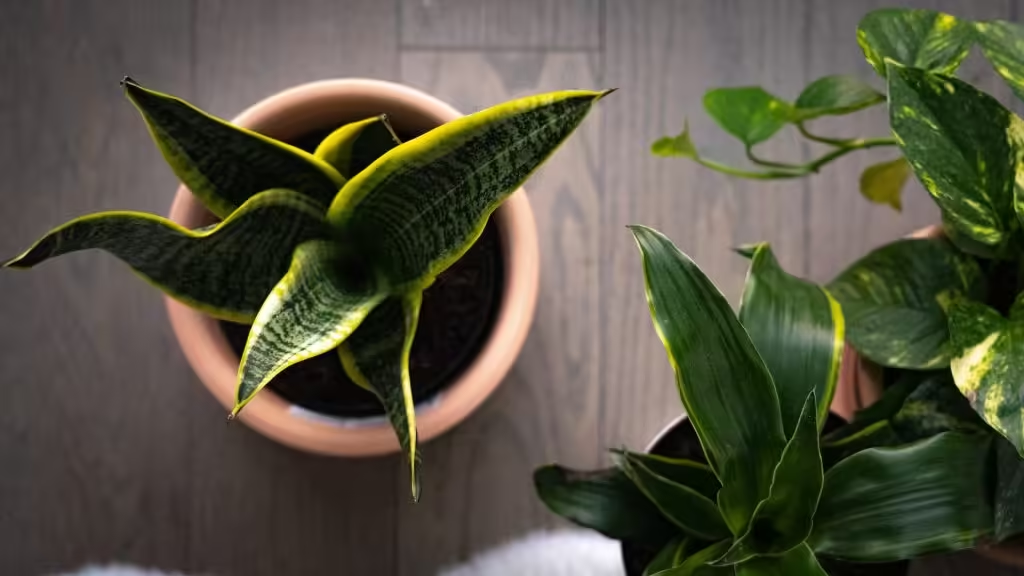Snake Plant – Essential Care Tips You Need To Know
If you don’t already have a great respect for the snake plant, no doubt one of our most resilient house plants around, then hopefully after this post, you will not only have a newfound appreciation for them, but also we will be learning about some solid information on how to care for, troubleshoot and propagate them.
If you haven’t already heard snake plants which were known scientifically as Sansevieria Trifasciata has been relatively recently reclassified into the Genus Dracaena much to many people’s dismay.
Snake Plant Light Requirements
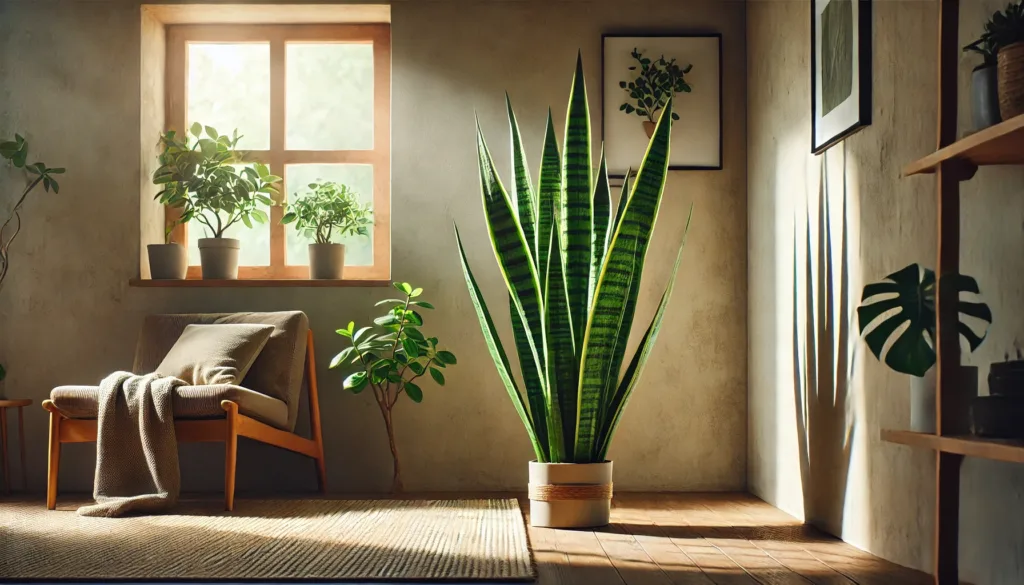
let’s talk a little bit about light. Because, when we talk about plants, we need to talk about light since that’s their food source.
Snake plants can survive in lower-light areas and they’re known for being low-light tolerant. However, they thrive in bright and direct light.
They are native to Africa and bright areas so bright and direct light is perfect for these plants.
If you do have your snake plant indirect Sun, some people will put their snake plants outside during the summer, it is recommended to ease your plant into a direct sunlight area.
Otherwise, the leaves can get sunburned.
So, in general, snake plants are found in their natural habitat in shade to the full sun which works well for house plant owners.
Because that means they can tolerate and thrive in a range of conditions.
This, of course, is all relative and if you’re growing your snake plant in the interior of your space with very little light then it’ll likely hang out there for quite some time.
I would say like maybe two or even three years. But, it’s not going to thrive in those conditions.
So, you’ll want to give them preferably anything from indirect light to high bright light.
The reason I recommend this is, that growers typically acclimatize their snake plants in shade houses and greenhouses before they sell them on the market.
Consequently, I’m growing snake plants in all sorts of lighting conditions in my home and pretty much all are doing well. But some grow way more quickly than others given the light that I’m providing them.
Snake Plant Watering
Correct watering is probably the most important step when it comes to caring for your snake plants and making them Love You.
Snake plants are some of the easiest plants to own, but it’s important not to overwater.
They are succulent and store a lot of water in their leaves. This results in them needing less watering. A good rule of thumb is to wait until the soil is dry to water.
If you’re still unsure check if the leaves look puckered or feel thin and bendy, if that’s the case the plant needs a good drink.
There are two different ways you can water. If you do water directly into the top of the soil that is fine. Just try to avoid getting water in the bay base of the leaves as this will help prevent fungus and mold from building up on the leaves.
Bottom watering is also a great option for snake plants as it allows them the opportunity to absorb exactly the amount of water it needs.
What is the best soil mix for a snake plant?
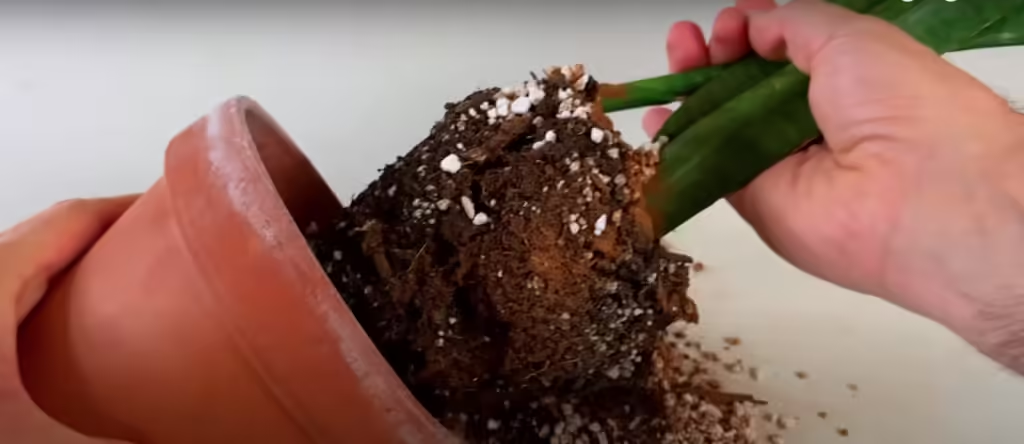
Snake plants are succulent and they require well-draining soil. You can easily create your soil. Do not use a standard potting mix, because it will retain too much water and it can cause root rot to your snake plant.
To create your soil, you can mix about 75 Cactus mix and 25 percent house plant potting mix or you could do a 50-50 mix. It doesn’t have to be exact.
You just want to make sure that the soil is very well draining and you want to incorporate a lot of hummus and perlite or sand again
Repotting
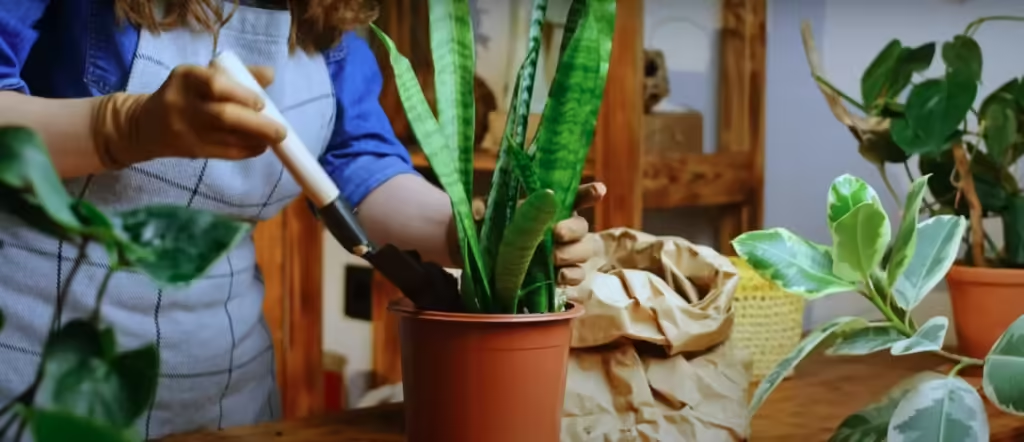
You only want to repot when the roots become compact. Too much soil around the roots can cause root rot.
When it comes to choosing a pot, I recommend two different options. Terracotta is a great choice. It wicks away moisture and helps prevent overwatering.
The other option is a pot that has a lot of drainages. My personal favorite is the slotted Orchid pots.
Snake Plant Propagation
Snake plants can be propagated by leaf cuttings and by division.
When you’re propagating by Leaf, you can create multiple cuttings from one leaf and then you take those cuttings and put them in water.
Just make sure that you are using clean shears to cut the leaf. Always put the cuttings the correct way in the water.
Facing the same way that it was on the plant. Over a few weeks, Roots will begin to grow in the water and you will eventually be able to pot it up in the soil.
The next way is propagating by divisions. Snake plants grow pups or offshoots that can divide into separate plants.
To propagate by division, all you do is remove the soil down to the rhizome or the main root of the plant.
Then using your clean shears divide the offshoot from the mother plant. You want to make sure that the offshoot has its own set of roots when dividing.
Once you’ve divided it you can pot it up in your snake plant soil give it some water and you are good to go.
Read More- Monstera Adansonii Care Guide
Fertilizing
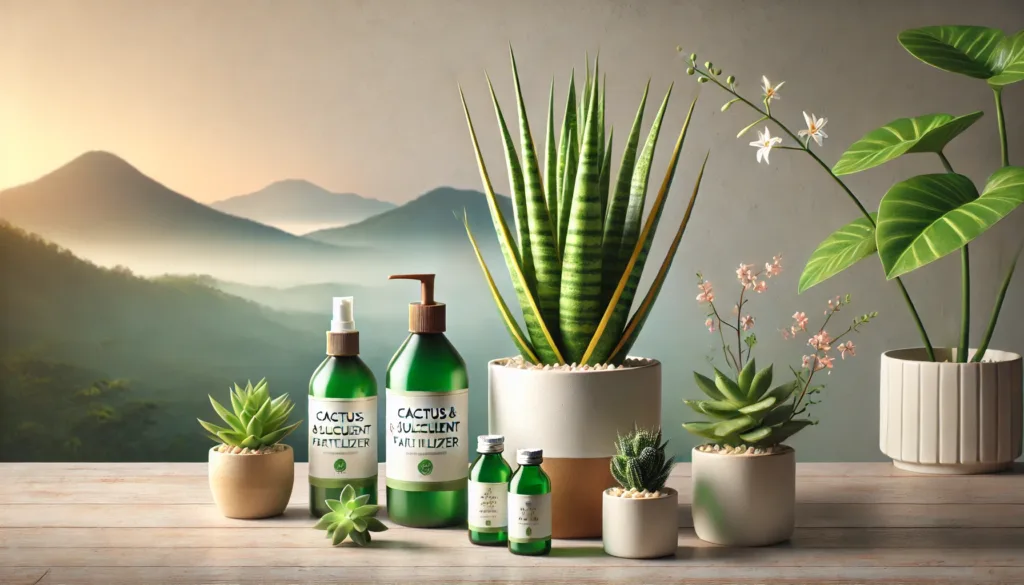
Snake plants do not need much fertilizing. So I recommend always airing on the side of caution that you never want to over-fertilize your plants.
So when you do fertilize make sure to use a cactus and succulent fertilizer.
Any fertilizer that says Cactus and succulents should be fine. Fertilize maybe once a month during the growing season or summer months.
When you are starting back up with fertilizing, begin at half strength to ease your plant into the growing season preventing over-fertilizing.
Avoid these Mistakes that kill your Snake Plant
1. Overwatering
Overwatering snake plants is probably the most common reason why people struggle with the plant and end up killing it.
Snake plants come from an arid climate and are used to long periods of drought which is then followed by a large rain from which the plant gets a good drink.
As always, we need to mimic this with our plant care and not give the plant too much water. It does not like to have wet feet. Therefore, only water your plants when the soil is dry.
So make sure you check the soil before watering it. The worst thing you can do for a snake plant is to have it on a watering schedule where you water it on the same day every week.
This plant needs to be only watered when needed which is not that often.
So I water my snake plant about once a month during the spring and summer in the growing season and probably once every two months during the winter when it’s not actively growing.
Any more than this, then you’ll start to see leaves going limp and mushy together with a gradual yellowing and fading of the leaves.
The plant might also develop brown spots on the leaves which look unsightly.
Check the soil of the plant by sticking your finger in the soil a couple of inches deep, if it feels moist, then leave it another week and check again.
Alternatively invest in a moisture meter which will completely remove the feeling of doubt. When you come to give your snake plant a drink, make sure you give it a good drink and not just lightly wet the top of the soil.
You want to pour water over the top of the soil multiple times and let the water drain through the drainage holes of the nursery pots.
This will ensure that the soil and therefore the roots of the plant get good water with no dry patches.
I always bottom water my snake plant along with my other house plants which results in a much healthier plant.
2. Misting Snake Plant
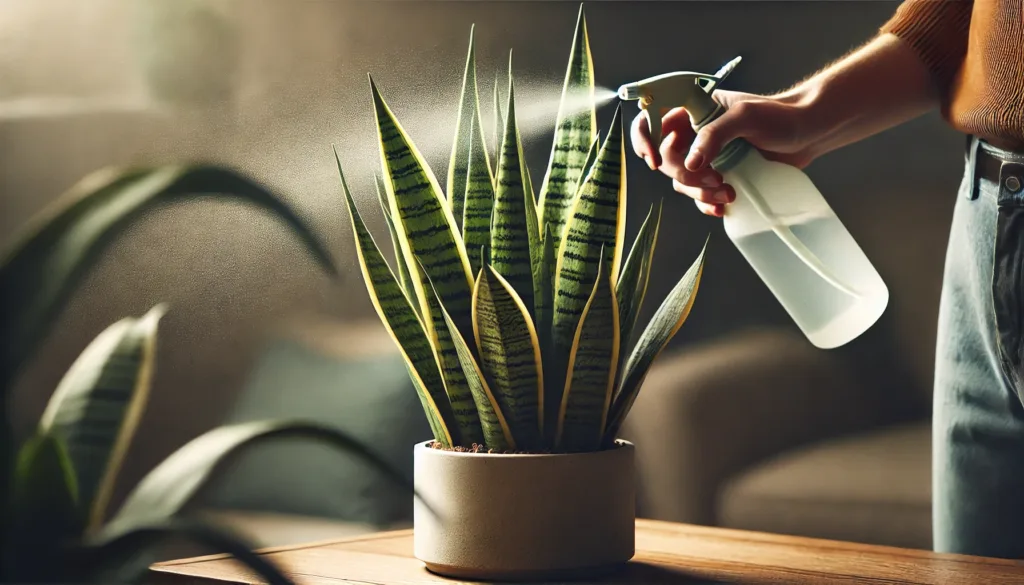
This will damage the health of your snake plant is misting the leaves with a mister or spray bottle. There are a few house plants that require a higher level of humidity around them for them to grow properly.
The Khalifa, for example, requires high humidity for not to develop those crispy brown edges on its leaves.
It’s said that misting the leaves of your plant increases the humidity around the plant, but this is not the case. Doing this, actually creates more harm than good, especially with a snake plant.
Snake plants don’t need extra humidity like other houseplants might. As I’ve said they hail from an arid environment, so they’re used to being in a dry environment.
Misting the leaves will only increase the risk of fungus and rot developing on the leaves because you are leaving water droplets on the leaves to
dry which is not what a snake plant wants.
3. Thin leaves
You may notice that the leaves of your snake plant are thin and look a little stretched out. If this is the case, then this would indicate that the plant is not getting enough sunlight.
Keeping your snake plant in lower light conditions shouldn’t kill the plants. They are versatile enough to be placed in darker spots.
But if you want a plant that looks full and vibrant with nice big thick leaves, then put it in a spot that gets more light.
This stretched-out appearance on the leaves happens because the plant is stretching itself out in search of natural light.
Unfortunately, even when you do move your snake plant to a brighter spot the leaves that are already thin will remain so, so you will need to wait for new growth to appear to get a fuller look.
This can take a while with a snake plant. When new growth does come, then you can cut away the old spindly growth at the base of the plant, If you feel is spoiling the appearance of the plant.
4. Place in Direct Sun
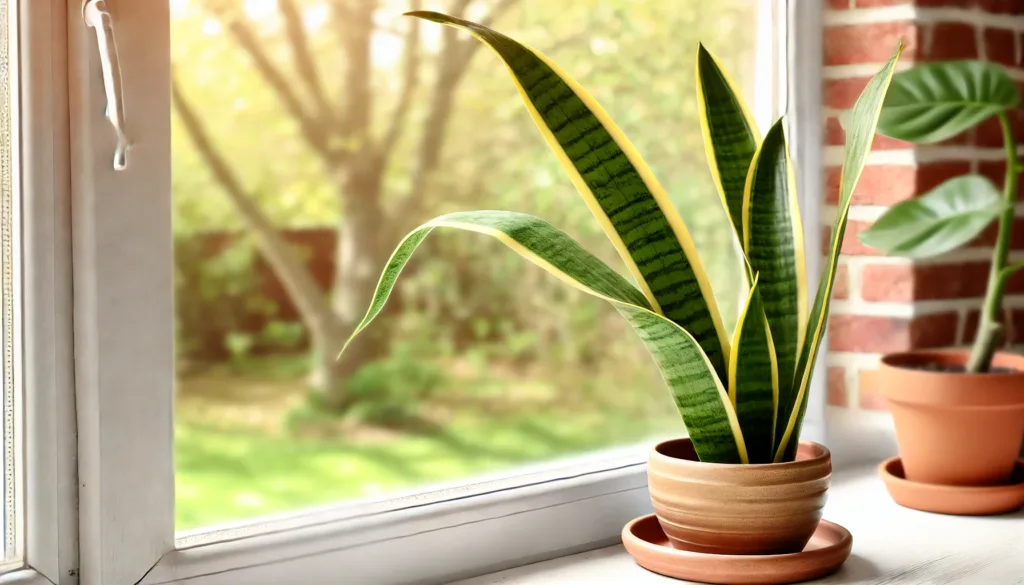
You’ve probably been told lots of times that house plants should be kept out of the direct sun at all times. This is sound advice for the majority of houseplants.
But it might surprise you that snake plants benefit from having a few hours of direct sun each day to help them push out fresh new vibrant growth.
Snake plants hail from the dry and sunny environment of West Africa. So they are used to having the sun beating down on them. So we should replicate this as much as possible in our homes.
If you have a south-facing window then consider putting your snake plant in front of it. They are versatile plants and will do fine in medium to low light conditions.
You just won’t see lots of fresh growth during the summer, consider putting your snake plant outside, if you have some outdoor space as this will benefit the plant and help it push out new growth.
5. Pruning
Pruning your plant is one of the best things you can do for it especially if there are damaged leaves, this applies to snake plants too.
if you have a plant that has thin leaves that you think look ugly then just simply cut it out at the base of the plant or the soil line.
This will invigorate your plant and encourage it to send out fresh new growth. People tend to mistakenly assume that cutting plants damage them whereas the opposite is true.
The best time to prune your snake plant is during the growing season of spring and summer.
At that time, the plant will be actively growing and will have no trouble pushing out fresh new growth.
After you have made the cuts, I would avoid pruning my snake plant during the winter as the plant is not actively growing and if we take leaves away from the plant, this is going to stress the plant out and we may have problems further down the line such as browning or yellowing leaves.
See you in the next article!!

